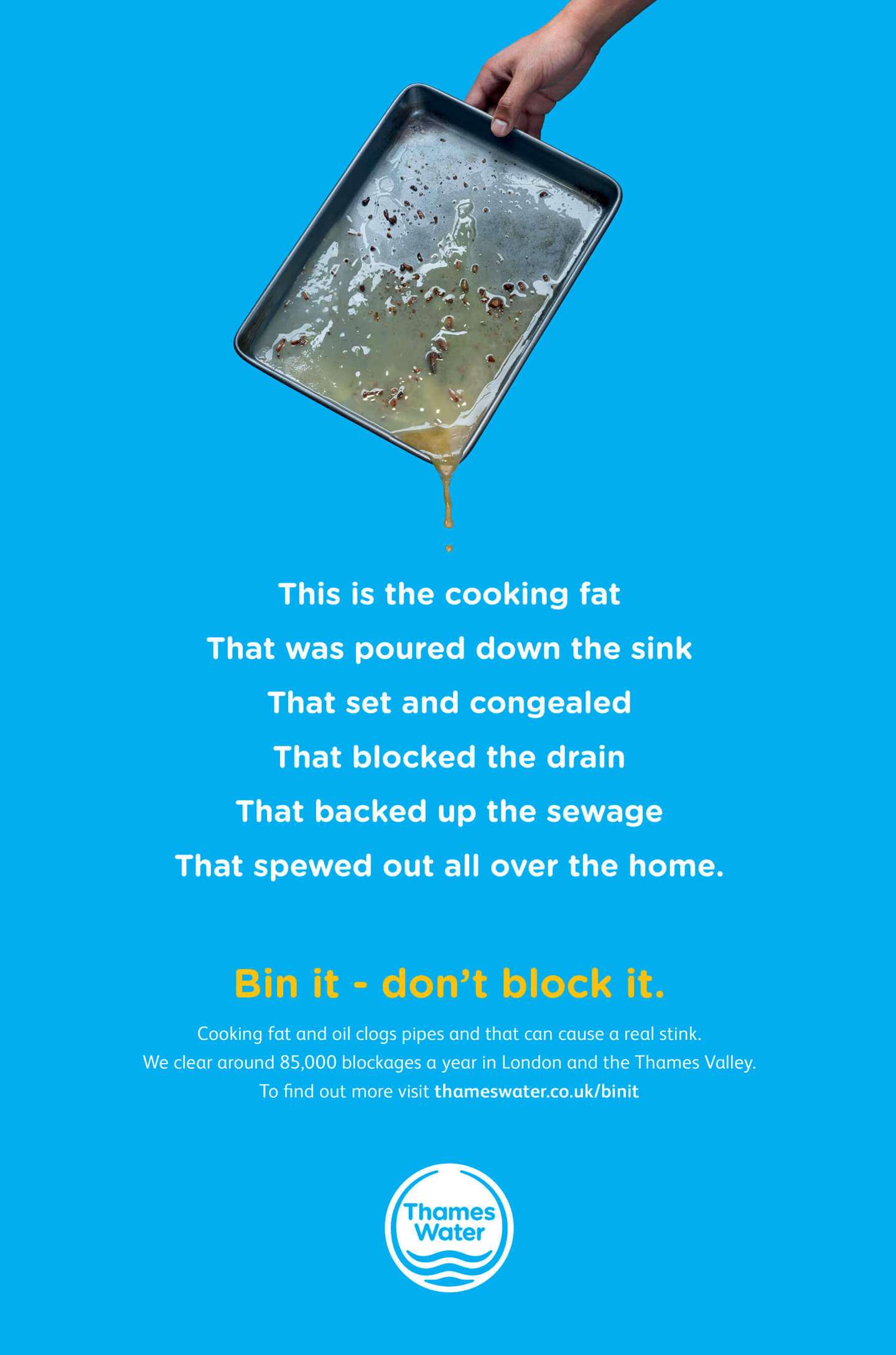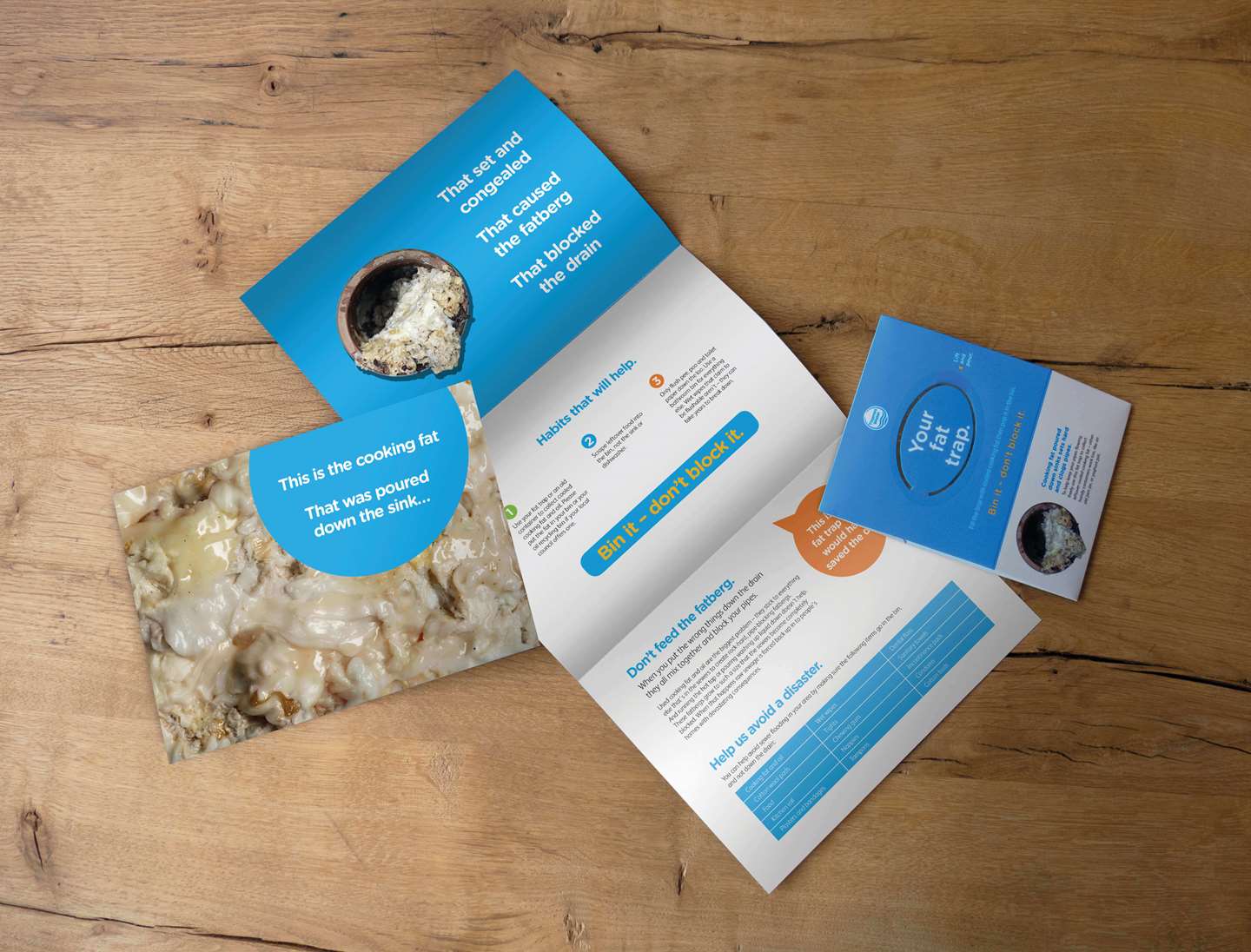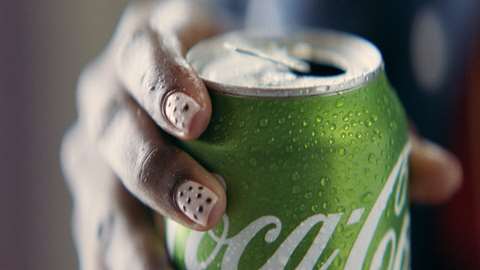The power of print at a glance
- A direct mail print media campaign enabled creative agency 23red to deliver a series of targeted messages, relevant to customers and the areas in which they lived
- The print component of the integrated campaign created a powerful sensory experience – and helped to make the problem personal
- 70 per cent of residents have changed their behaviour when getting rid of cooking fat or wet wipes
“We were fortunate to deal with something quite this disgusting.”
This frank admission by the founding partner and creative director of 23red, Sean Kinmont – referencing the agency’s recent work for Thames Water – says a lot about his enthusiasm for an integrated brief and generally low-interest category some might consider… well, a bit of a stinker.
Customers of the UK utility, it seems, were disposing all manner of nasty things down their drains – oblivious to the eventual blockages and financial harm they caused.
“When the client found that as many as 55,000 homes a year in the London and Thames Valley catchments were suffering from blockages, they asked us to help them fix the £12m-a-year problem,” Kinmont explains.
“We know that it can be very difficult and very expensive to get people to re-evaluate how they think about this sort of thing,” says Kinmont. “But, from a behaviour point of view, we understood that dumping stuff down your sink probably just means: ‘Out of sight, out of mind.’”
So, the agency chose to turn the popular model of behaviour change – that you need to alter how people think, feel and do, in that order – on its head and start by focusing on the ‘do’ instead.
“That was the strategy,” Kinmont reveals. “To raise awareness of the issues, and directly link people’s actions to their consequences.”






